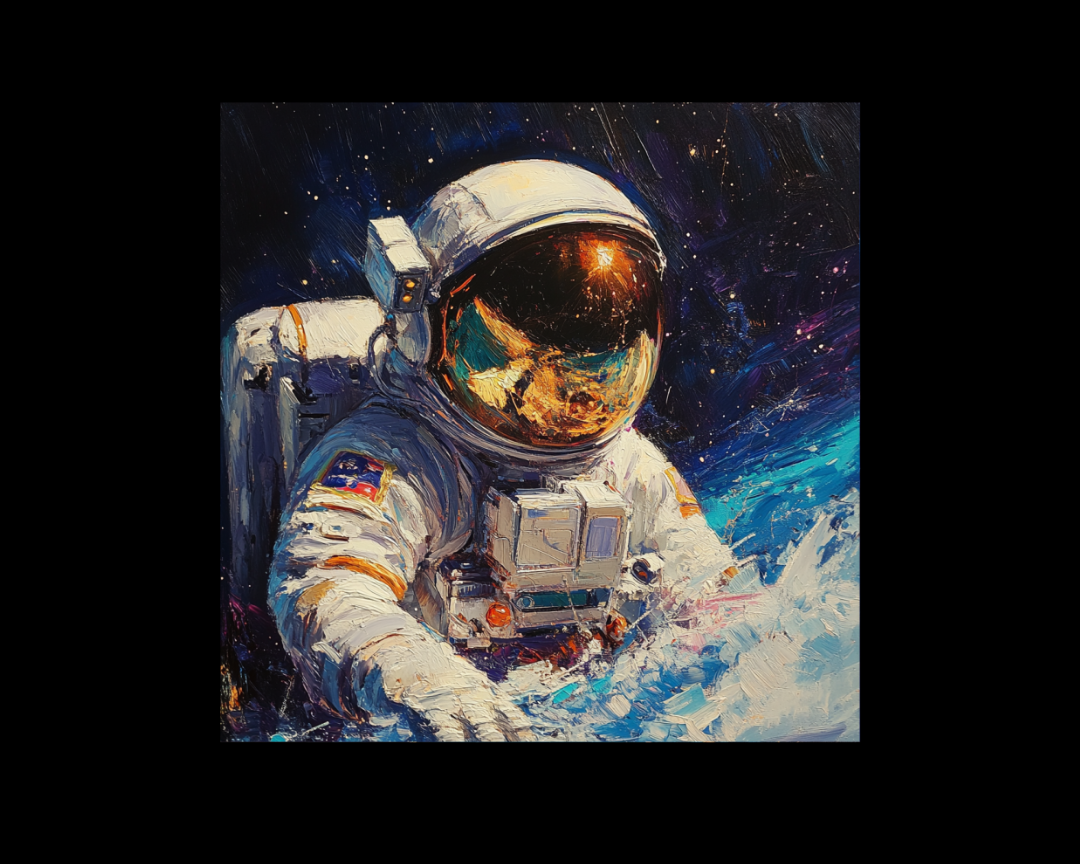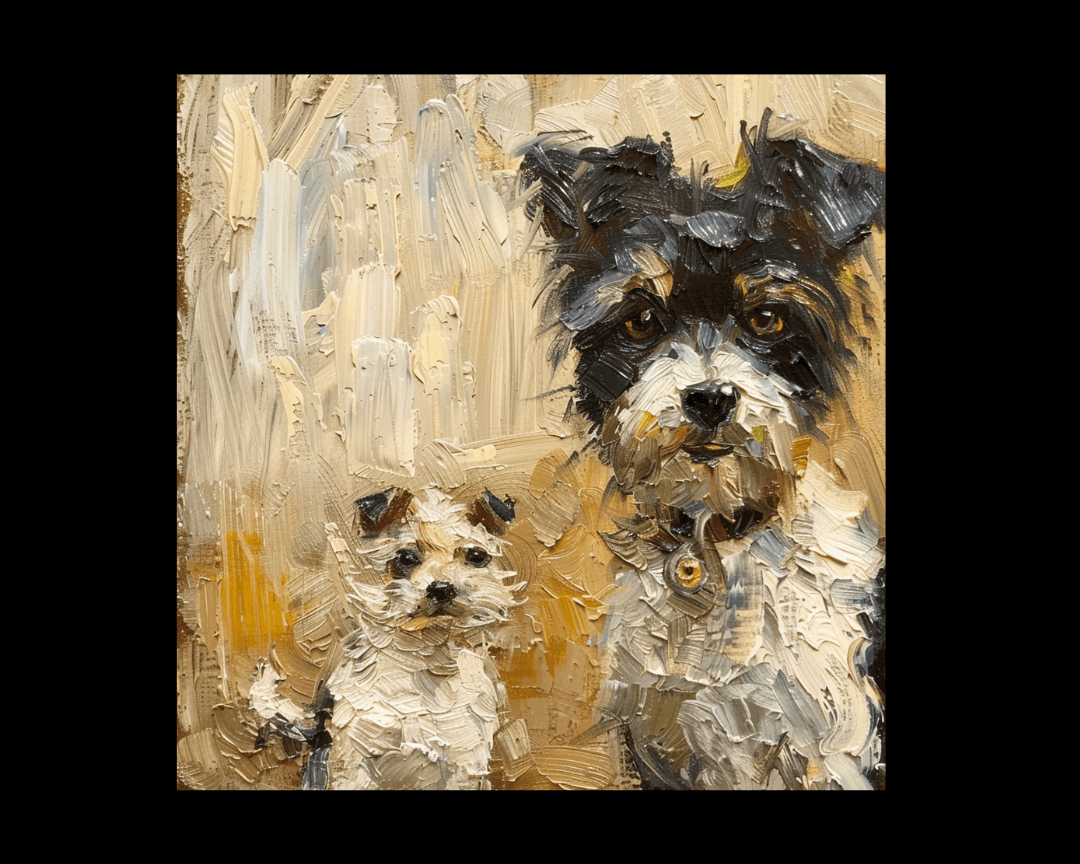From Research to Flow: Five Proven Techniques for Multi-Genre Mastery
Most writers struggle with one genre, clinging to familiar territory like medieval serfs bound to their feudal plots. But the most successful authors...
6 min read
 Writing Team
:
Jun 16, 2025 9:00:00 AM
Writing Team
:
Jun 16, 2025 9:00:00 AM
-4.png)
Romance novels are literature's comfort food—familiar, satisfying, and irresistibly addictive. This multibillion-dollar genre thrives on recognizable patterns that readers actively seek out, much like choosing a favorite restaurant where you know exactly what to expect. These recurring situations, known as romance tropes, aren't creative shortcuts—they're powerful storytelling tools that tap into universal desires for connection, passion, and happily-ever-after.
Understanding romance tropes is essential for any writer hoping to capture readers' hearts. These beloved patterns work because they mirror real relationship dynamics while amplifying the emotional stakes that make ordinary attraction feel extraordinary.
Romance tropes succeed because they provide emotional scaffolding for readers' deepest fantasies about love and connection. When a reader picks up an enemies-to-lovers novel, they're not seeking surprise—they want the delicious tension of watching hatred transform into passion. The satisfaction comes from anticipating the journey while discovering unique details along the way.
These patterns also create immediate emotional investment. Readers understand the stakes quickly, allowing writers to focus on character development and unique plot twists rather than explaining basic relationship dynamics. When Julia Quinn uses the fake engagement trope in The Duke and I, readers instantly grasp the potential complications while anticipating how this particular couple will navigate familiar challenges.
The key lies in execution rather than originality. Pride and Prejudice uses classic enemies-to-lovers and class-divide tropes, but Jane Austen's brilliant characterization and social commentary transformed familiar patterns into timeless literature. Modern romance writers succeed by adding fresh perspectives to proven formulas.
The Meet-Cute remains romance's most beloved opening because it suggests destiny at work in ordinary circumstances. When characters bond over the last shepherd's pie at the grocery store or untangle their dogs' leashes, readers experience the magic of possibility. Contemporary authors like Christina Lauren excel at creating meet-cutes that feel both coincidental and inevitable.
The Meet-Cringe appeals to readers who find perfection less relatable than mortification. Watching someone recover from public embarrassment while catching a love interest's attention creates immediate sympathy and humor. These scenarios work because they strip away pretense, forcing characters to show authentic selves from the beginning.
Love at First Sight challenges modern skepticism about instant attraction, but romance readers embrace the fantasy of immediate recognition between soulmates. This trope works particularly well in paranormal romance, where supernatural bonds justify otherwise implausible instant connections.
The Wrong Number or mistaken identity openings create natural opportunities for characters to connect without usual social barriers. When someone accidentally texts a stranger or shows up at the wrong address, normal dating rules disappear, allowing authentic personalities to emerge.
Office Romances provide built-in proximity and shared experiences while adding professional stakes that complicate personal relationships. The success of workplace romance depends on creating authentic professional dynamics rather than relying solely on physical attraction. Shows like The Office demonstrate how everyday work situations can become romantic catalysts.
Academic Institutions offer similar proximity benefits while adding intellectual competition and power dynamics. The rise of dark academia aesthetics has made university settings particularly popular for contemporary romance, especially when combined with forbidden elements like professor-student attraction.
Hometown Homecomings tap into nostalgia while exploring how people change over time. When successful city dwellers return to small towns, the contrast between past and present selves creates natural conflict and growth opportunities. These settings work because they force characters to confront who they were versus who they've become.
Festival settings provide temporary escape from ordinary life, creating perfect conditions for romantic risk-taking. Whether it's Burning Man or a local county fair, festivals offer shared experiences and lowered inhibitions that facilitate connection.
Friends to Lovers resonates because it reflects how many real relationships actually develop. The foundation of friendship provides emotional safety while the transition to romance creates delicious tension. Rainbow Rowell's Eleanor & Park demonstrates how this trope can develop gradually, making the romantic payoff feel earned rather than inevitable.
Enemies to Lovers generates immediate conflict while promising eventual resolution. The key to this trope's success lies in creating legitimate reasons for initial antagonism that can be overcome through understanding rather than simply physical attraction overwhelming common sense. The hatred must be surmountable without making either character seem unreasonable.
Forced Proximity works by removing characters' usual escape routes, forcing them to confront attraction they might otherwise avoid. Whether trapped in elevators, sharing hotel rooms, or working on joint projects, characters must navigate their feelings without retreating to safe distances.
Grumpy-Sunshine pairings appeal because opposites create both conflict and complement. The optimistic character's warmth eventually melts the grumpy character's defenses while the grumpy character's realism grounds the sunshine character's idealism. This dynamic works when both characters grow rather than one simply changing to accommodate the other.
Age Gap romances explore the tension between experience and innocence while navigating social disapproval. These relationships work best when both characters bring something valuable to the partnership and when the gap represents different life stages rather than predatory dynamics.
Economic Divides tap into Cinderella fantasies while addressing real concerns about money's impact on relationships. Billionaire romances succeed when wealth creates obstacles rather than simply providing luxury porn. The conflict should arise from different values and experiences, not just financial disparity.
Supernatural-Human pairings allow for extreme power imbalances while maintaining romantic equality through emotional connection. When vampires fall for humans or werewolves choose mortal mates, the supernatural partner's physical advantages must be balanced by the human's emotional or spiritual strengths.
Workplace Hierarchy romances require careful handling to avoid glorifying inappropriate power dynamics. The most successful examples either eliminate the hierarchy or address it directly as a genuine obstacle to be overcome.
The Broken Heart trope recognizes that past relationships shape future ones. Characters damaged by previous betrayals must learn to trust again, creating natural character arcs. The healing process provides opportunities for the new love interest to demonstrate patience and worthiness.
Fear of Commitment typically affects characters who equate love with loss of freedom or identity. These stories work when commitment becomes a choice that enhances rather than diminishes the character's authentic self.
Low Self-Esteem creates characters who don't believe they deserve love, requiring partners who see their true worth. These relationships succeed when both characters grow—the insecure character gains confidence while the confident character learns patience and empathy.
Culture Clash obstacles reflect real-world relationship challenges while providing external conflict. Religious differences, family expectations, or cultural traditions create legitimate barriers that require compromise and understanding from both partners.
Hidden Identity tropes create dramatic irony as readers know more than characters do. Whether it's Clark Kent's dual life or a witness protection program, secret identities generate tension through constant threat of discovery. The revelation scene becomes crucial—it must feel both surprising and inevitable.
Fake Relationships start with practical arrangements but develop into genuine feelings. Marriage of convenience, fake dating, or pretend engagements all work because they force intimacy without the usual courtship barriers. Characters learn to trust each other through necessity before recognizing deeper attraction.
Secret Admirer scenarios build anticipation through mystery while allowing shy characters to express feelings safely. The revelation must live up to the buildup, requiring careful character development to make the secret admirer worthy of the romantic buildup.
High School Sweethearts who reconnect as adults explore how people change while core connections endure. These stories work because they address the "what if" questions that haunt many people about past relationships. The reunion must acknowledge growth rather than trying to recapture the past.
The One That Got Away provides opportunities for characters to correct past mistakes or overcome obstacles that previously seemed insurmountable. These stories succeed when characters have genuinely evolved rather than simply waiting for another chance.
Broken Hearts Reunited requires addressing the original breakup's causes while demonstrating how both characters have grown. The reconciliation must feel earned through character development rather than mere longing.
The most successful romance writers understand that readers want familiar emotional experiences delivered through unique circumstances. Instead of avoiding tropes, master their psychological appeal then add personal touches that make them memorable.
Consider subverting gender expectations or traditional power dynamics. What happens when the shy bookworm pursues the confident athlete, or when the younger character has more life experience than their older love interest? These reversals create freshness while maintaining emotional familiarity.
Focus on character specificity rather than trope innovation. Readers don't need entirely new relationship patterns—they need to believe these particular characters would fall in love in this particular way. Deep character development transforms familiar situations into unique love stories.
Layer multiple tropes thoughtfully rather than randomly. Pride and Prejudice combines enemies-to-lovers, class differences, and family obstacles in ways that reinforce rather than contradict each other. Each element should strengthen the central romantic conflict.
Romance's defining characteristic isn't any particular trope but the promise of a satisfying resolution. Readers expect couples to overcome obstacles and commit to each other, whether through marriage, engagement, or clear mutual dedication. This doesn't mean every romance must end with wedding bells, but it does require emotional resolution that feels both earned and permanent.
The best romance endings feel both surprising and inevitable—surprising in their specific details but inevitable given the characters' journeys. When readers close your book with a satisfied sigh, you've successfully used tropes to create the emotional experience that keeps them returning to the romance genre.
Romance tropes aren't creative limitations—they're powerful tools for creating the emotional experiences readers crave. By understanding why these patterns work and how to execute them with fresh perspective and deep characterization, you can craft love stories that feel both comfortingly familiar and uniquely memorable.
Ready to write romance that captures readers' hearts and keeps them turning pages? Our expert content creators at Hire a Writer understand how to blend beloved tropes with compelling characters and engaging plots that resonate with modern romance readers. From concept development to final polish, we help authors create love stories that stand out in the competitive romance marketplace.

Most writers struggle with one genre, clinging to familiar territory like medieval serfs bound to their feudal plots. But the most successful authors...
-Jun-09-2025-07-34-30-3557-PM.png)
Every writer faces the same daunting question: what makes readers care about made-up people doing fictional things? The answer lies not in clever...

The significance of a well-crafted sidekick in storytelling cannot be overstated. These characters, whether the best friend, sassy co-worker, or...